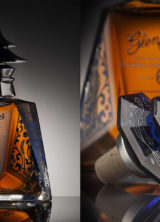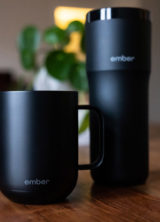Watch brands have been using ceramics in their collections since the eighties, when Rado, a specialist in creating scratch-resistant materials, used hi-tech ceramics to design a model for the first time …
We must emphasize that hi-tech ceramics are nothing like traditional ceramics used to make tiles, bricks and flower pots, although they actually share some basic properties. All ceramics are inorganic, non-metallic, and have a strong molecular bond. As a result, both types have superior strength and incredibly high melting points.
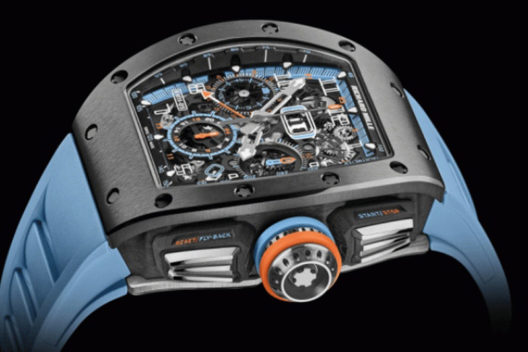
RM 11-05 Automatic Flybach Chronograph GMT
Avant-garde watch brand Richard Mille has taken our understanding of ceramics to a whole new level, introducing RM 11-05 Automatic Flybach Chronograph GMT, whose casing and base are made entirely of gray cement, a ceramic-metal composite that is lighter than titanium and hard as diamond. Typically used in the aerospace and aerospace industries, as well as in the world of automobiles and ballistics, cermet gets its color from combining metallic zirconium with high-performance ceramic inserts.
Improving this material required years of research and development in partnership with the IMI Group, which specializes in microtechnology solutions for luxury brands. Thanks to the pioneering flash sintering process, gray cermet has a density of 4.1 g/cm3, which means that it is lighter than titanium and has a hardness of 2,360 Vickers.
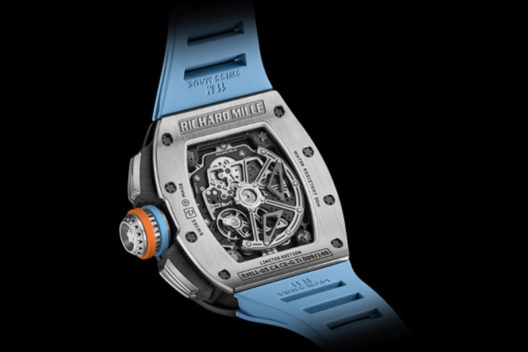
RM 11-05 Automatic Flybach Chronograph GMT
The complexity of this watch is not deep. The skeletonized automatic winding mechanism created from titanium contains a flying chronograph with a minute counter and a stopwatch at the nine-hour position, an hour meter at the 6-hour position and UTC function, a variable geometry rotor and about 55 hours of reserve energy.
In addition, this model comes with a carbon TPT bracelet, limited to only 140 pieces, which sell for $215,000.
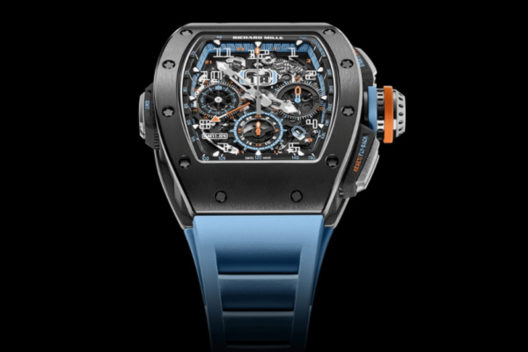
RM 11-05 Automatic Flybach Chronograph GMT

